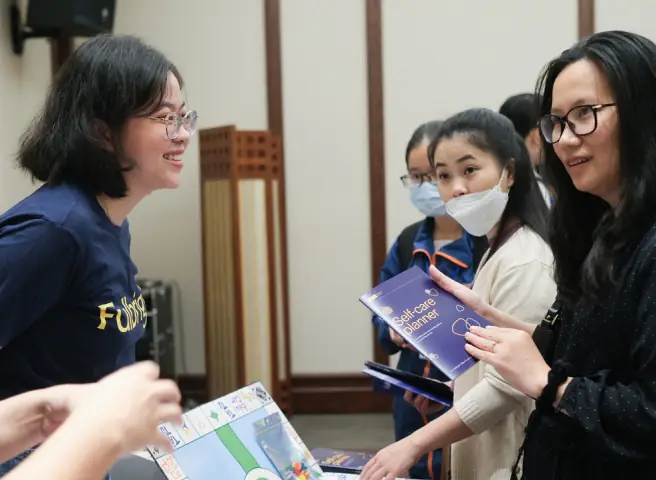Vietnamese Literary Chinese is an important part of the formation of Vietnamese culture and ideology. Vietnamese people were employing and localizing Chinese scripts and literary Chinese throughout more than 10 centuries (from the 10th to the beginning of the 20th centuries). As the official written language of the country for the composition of a wide variety of works, such as histories, literature, diplomatic documents, or medical treatises, this linguistic means helped the Vietnamese to record their thoughts and cultural values through times. The Vietnamese localization of the written Chinese resulted not only in new syntactic and lexical variations, but also in the emergence of a new phonetic system called Sino-Vietnamese pronunciation (âm Hán-Việt) for Chinese scripts. Nowadays, words and morphemes rooted from literary Chinese may account for up to 60% of the vocabulary written in formal and scientific texts. Hence, understanding Vietnamese literary Chinese, and being literate in Chinese scripts obviously a key to comprehend Vietnam’s past and present, to better understand the nation’s cultural and intellectual heritage in East Asian contexts. Like the crucial role of Latin in American-European academes, knowledge of Vietnamese literary Chinese and Sino-Vietnamese words is definitely required for any student in Vietnam Studies in general, and pre-modern Vietnam research in particular.
Based on Chinese scripts, the Vietnamese invented a new writing system, popular known as the demotic Nom script, to express their thoughts and emotions in their mother tongue. However, one cannot read Nom without knowing Chinese characters. Therefore, for Vietnamese people, learning Vietnamese literary Chinese and Sino-Vietnamese characters means more than learning a language. It helps to bridge a huge gap between young Vietnamese learners and the historico-cultural textual treasure they are inheriting from the past. This course help Fulbright students to read, interpret, and better understand works composed in Vietnamese literary Chinese by Vietnamese national eminent figures like Ly Thai To, Tran Nhan Tong, Nguyen Trai, Nguyen Du… and other key intelligentsias in premodern Vietnam who wrote about what happened in their times and their lives.
In addition, learning Vietnamese literary Chinese helps to re-establish a cultural and historical connection with East Asia, not only with China and Taiwan, but also Japan and the Korean nations. It is worth noting that these days, the Japanese still use 2,136 common Kanji (or Chinese characters with Japanese pronunciations). Those words can all be found in Vietnamese literary Chinese introduced in this course.
Throughout the course, students are introduced to Sino-Vietnamese pronunciation (âm Hán-Việt) along with standard modern Chinese pronunciation in order to have a better understanding of the similarities and differences of these two pronunciation systems. Students are also guided to use the dictionaries in different ways to be able to look up the vocabulary themselves.
At the end of the term, the lecturer will introduce some suitable Vietnamese Literary Chinese texts for students to choose from, or students can also go to communal houses and pagodas to collect the couplets, horizontal scrolls etc. Based on the knowledge they have learned and skills in using search tools, under the guidance of the lecturer, students will read, translate and present their understanding of the selected texts. The final project will be presented in the form of a short film (10 minutes).





